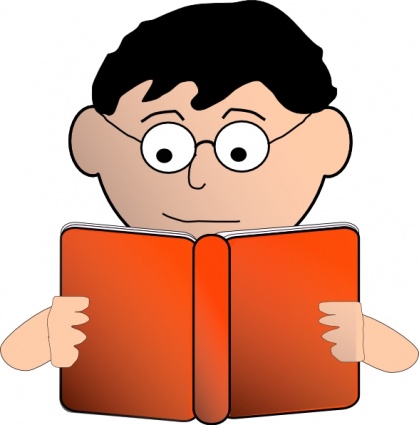You are here: Home  Teaching Resources
Teaching Resources  15 1/2 ways-to-personalize-learning
15 1/2 ways-to-personalize-learning  For Kids
For Kids  What I Read When I Was a Kid
What I Read When I Was a Kid
 Teaching Resources
Teaching Resources  15 1/2 ways-to-personalize-learning
15 1/2 ways-to-personalize-learning  For Kids
For Kids  What I Read When I Was a Kid
What I Read When I Was a Kid Many kids who have read my Chase Manning Mysteries have asked me which books I enjoyed reading as a child. The first author that comes to mind is Judy Blume. Two of her books, in particular, were my favorites: Tales of a Fourth Grade Nothing and Otherwise Known as Sheila the Great. I must have read each of these books at least ten times.
Many kids who have read my Chase Manning Mysteries have asked me which books I enjoyed reading as a child. The first author that comes to mind is Judy Blume. Two of her books, in particular, were my favorites: Tales of a Fourth Grade Nothing and Otherwise Known as Sheila the Great. I must have read each of these books at least ten times.
When I read Tales of a Fourth Grade Nothing, I would always put myself in Peter Hatcher's shoes and think about what it must be like to have a younger brother. I'm the youngest of three kids and don't have a younger sibling. I think about how embarrassing it must have been for Peter to have lunch with Fudge and watch him smear mashed potatoes on the wall of the restaurant or go shopping for shoes and see Fudge throw a tantrum on the floor. I thought that Peter and I had a lot in common, and I really connected with him. I like this book so much that I now read it aloud to my students every year.
I liked Otherwise Known as Sheila the Great for the exact opposite reason. My personality was nothing like Sheila Tubman's, and I think that's why I enjoyed reading about her. She whined, she complained, and she had a negative attitude. Even though these are not the character traits I endorse and promote to my students, I have to admit I found her to be very entertaining and funny.
In addition to Judy Blume's books, I loved reading the Encyclopedia Brown series, and this is probably where I acquired my love of mysteries. I must have read every book in the series, but the funny thing was, I could never solve any of the cases. Not once. If you're unfamiliar with the format of this series, each book contains approximately ten short mysteries. There is always one clue in each mystery that the reader needs to find to solve the case, and I couldn't do it!
My experience reading the Encyclopedia Brown series influenced me greatly as I set out to write my first mystery, Chase Against Time. As much as I loved the Encyclopedia Brown books, I didn't want my readers to encounter the same level of frustration that I had. Therefore, instead of having a set of shorter stories with only one suspect and one main clue in each, as those books tended to have, I decided to have only one mystery in each book and have multiple suspects in play and many clues that the reader would have to sort through. That way, readers would have more time and more opportunities to try to identify the real thief. Let's see if you can do it!